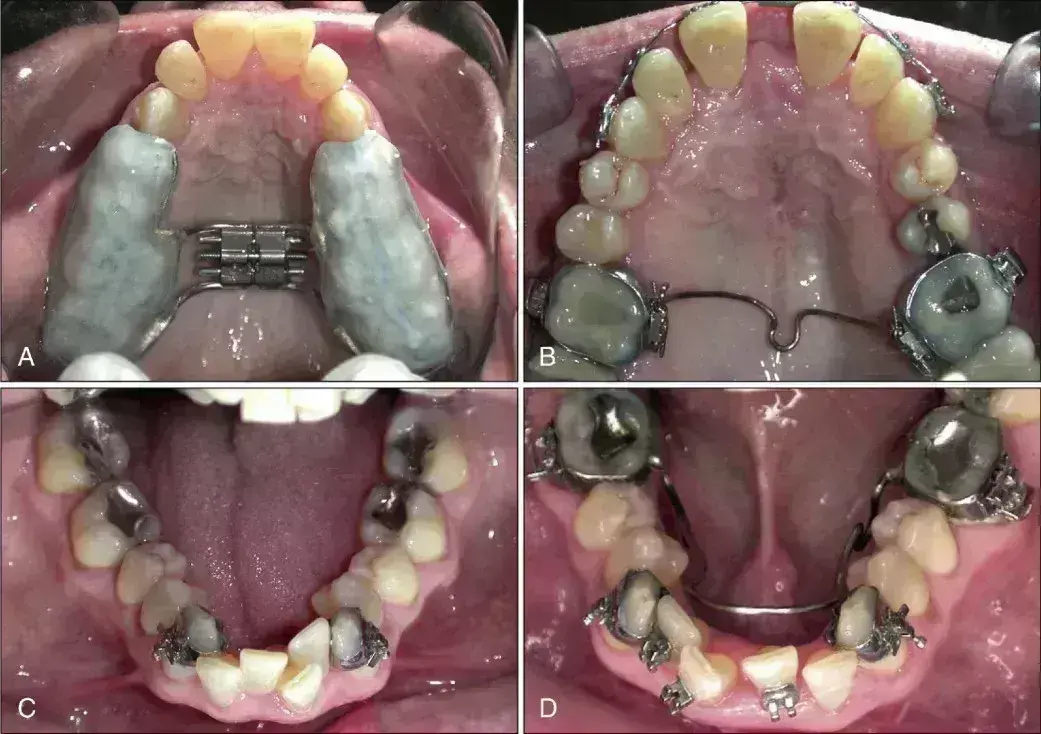- Home
- Medical news & Guidelines
- Anesthesiology
- Cardiology and CTVS
- Critical Care
- Dentistry
- Dermatology
- Diabetes and Endocrinology
- ENT
- Gastroenterology
- Medicine
- Nephrology
- Neurology
- Obstretics-Gynaecology
- Oncology
- Ophthalmology
- Orthopaedics
- Pediatrics-Neonatology
- Psychiatry
- Pulmonology
- Radiology
- Surgery
- Urology
- Laboratory Medicine
- Diet
- Nursing
- Paramedical
- Physiotherapy
- Health news
- Fact Check
- Bone Health Fact Check
- Brain Health Fact Check
- Cancer Related Fact Check
- Child Care Fact Check
- Dental and oral health fact check
- Diabetes and metabolic health fact check
- Diet and Nutrition Fact Check
- Eye and ENT Care Fact Check
- Fitness fact check
- Gut health fact check
- Heart health fact check
- Kidney health fact check
- Medical education fact check
- Men's health fact check
- Respiratory fact check
- Skin and hair care fact check
- Vaccine and Immunization fact check
- Women's health fact check
- AYUSH
- State News
- Andaman and Nicobar Islands
- Andhra Pradesh
- Arunachal Pradesh
- Assam
- Bihar
- Chandigarh
- Chattisgarh
- Dadra and Nagar Haveli
- Daman and Diu
- Delhi
- Goa
- Gujarat
- Haryana
- Himachal Pradesh
- Jammu & Kashmir
- Jharkhand
- Karnataka
- Kerala
- Ladakh
- Lakshadweep
- Madhya Pradesh
- Maharashtra
- Manipur
- Meghalaya
- Mizoram
- Nagaland
- Odisha
- Puducherry
- Punjab
- Rajasthan
- Sikkim
- Tamil Nadu
- Telangana
- Tripura
- Uttar Pradesh
- Uttrakhand
- West Bengal
- Medical Education
- Industry
Use of oral appliance to treat sleep apnea tied to minimal negative influence on jaw mobility and occlusion

Use of oral appliance to treat obstructive sleep apnea had minimal negative influence on jaw function including mobility and occlusion suggests a new study published in the American Journal of Orthodontics and Dentofacial Orthopedics.
Oral appliance (OA) therapy in obstructive sleep apnea (OSA) could be a risk factor for normal jaw function, given the prolonged effect of an OA in keeping the mandible in a protruded position away from a normal position. This study aimed to assess changes in symptoms and clinical findings related to jaw function after 1 year of treating obstructive sleep apnea with an Oral appliance.
In this follow-up clinical trial, 302 patients with obstructive sleep apnea were assigned to treatment with either monobloc or bibloc oral appliance. Baseline and 1-year follow-up assessment included using the Jaw Functional Limitation Scale, self-reported symptoms and signs related to jaw function. The clinical examination of jaw function included mandibular mobility, dental occlusion, and tenderness in the temporomandibular joints and masticatory muscles. Descriptive analyses of variables are presented for the per-protocol population. To evaluate differences between the baseline and the 1-year follow-up, paired Student t tests and the McNemar change test was used.
Results
One-hundred and ninety-two patients completed the 1-year follow-up (male 73%, mean aged 55 ± 11 years). There was no change in the Jaw Functional Limitation Scale score at the follow-up (nonsignificant). The patients described no change in symptoms at the follow-up, except for improvements in morning headache (P <0.001) and increased frequency of difficulties in opening the mouth or chewing on awakening (P = 0.002). Subjectively reported changes in dental occlusion during biting/chewing increased significantly at the follow-up (P = 0.009).
No changes in measurements of jaw mobility, dental occlusion, or pain on palpation of the temporomandibular joints or masticatory muscles were seen at the follow-up. Thus, using an Oral appliance in treating obstructive sleep apnea had limited influence on jaw functions and related symptoms. Moreover, the risk of developing pain and functional impairment in the masticatory system was infrequent, indicating that this treatment is safe and can be recommended.
Reference
Åke Tegelberg, Eva Nohlert, Thomas List, Göran Isacsson.Oral appliance influence on jaw function in obstructive sleep apnea. Open AccessPublished:June 15, 2023DOI: https://doi.org/10.1016/j.ajodo.2023.04.018
Keywords:
Use, oral, appliance, treat, obstructive, sleep apnea, minimal, negative, influence, jaw function, including, mobility, occlusion, Åke Tegelberg, Eva Nohlert, Thomas List, Göran Isacsso, American Journal of Orthodontics and Dentofacial Orthopedics
Dr. Shravani Dali has completed her BDS from Pravara institute of medical sciences, loni. Following which she extensively worked in the healthcare sector for 2+ years. She has been actively involved in writing blogs in field of health and wellness. Currently she is pursuing her Masters of public health-health administration from Tata institute of social sciences. She can be contacted at editorial@medicaldialogues.in.
Dr Kamal Kant Kohli-MBBS, DTCD- a chest specialist with more than 30 years of practice and a flair for writing clinical articles, Dr Kamal Kant Kohli joined Medical Dialogues as a Chief Editor of Medical News. Besides writing articles, as an editor, he proofreads and verifies all the medical content published on Medical Dialogues including those coming from journals, studies,medical conferences,guidelines etc. Email: drkohli@medicaldialogues.in. Contact no. 011-43720751


